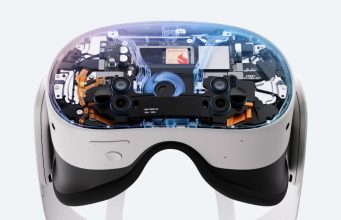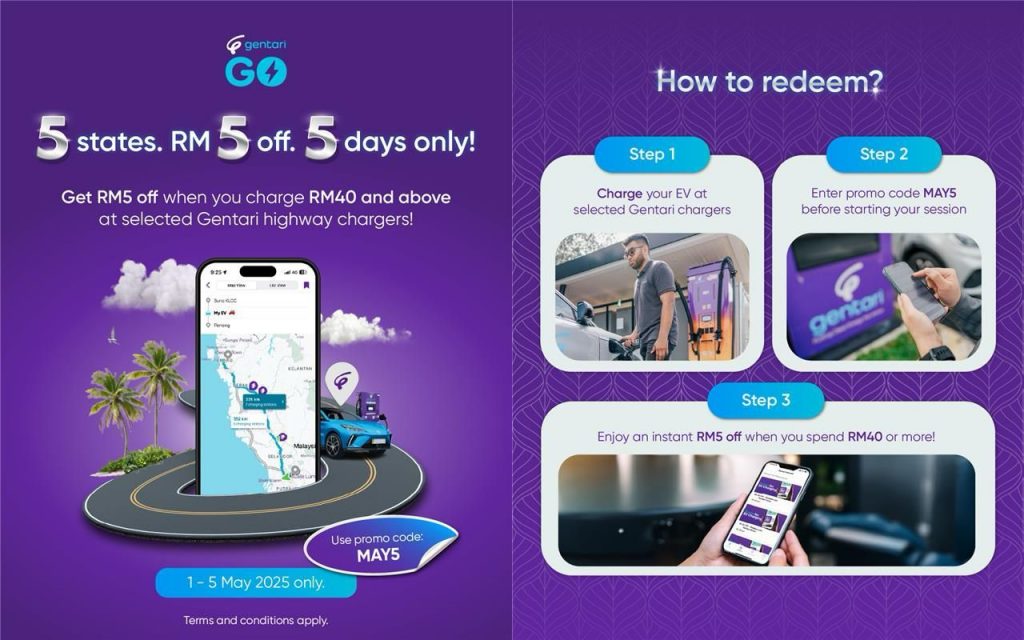In the pursuit of that sun-kissed glow, the eternal conundrum remains: what method of tanning is not only effective but also safe? With numerous options available, it’s crucial to navigate the landscape with an informed mind, considering both the advantages and disadvantages.
From the bottle to the beach and even the tanning salon, each method presents its unique set of pros and cons. In collaboration with leading skincare innovators, we delve deep into the world of tanning, bringing insights from SolSkin Beauty Labs, experts dedicated to merging beauty with health-conscious solutions.
Self-Tanners: The Glow from the Bottle
Pros:
- Safe Sunless Tanning: Self-tanners offer a golden hue without exposing your skin to potentially harmful UV radiation. This aspect helps prevent premature aging and safeguards against the risk of skin cancers.
- Instant Results: Achieve your desired skin tone immediately after application – perfect for last-minute events or maintaining a consistent tan throughout the year.
- Control Over Intensity: With products available in various shades, you can control the depth of your tan, allowing for a natural-looking result tailored to your preferences.
Cons:
- Application Challenges: Achieving a streak-free, even tan requires skill and practice. Improper application can lead to unnatural results or staining on clothes and sheets.
- Temporary Solution: Most self-tanners start to fade within a week, necessitating regular re-application to maintain the tan.
- Potential Skin Reactions: Certain ingredients in self-tanners may not suit all skin types, causing reactions or sensitivities.
Sunbathing: Basking in Natural Rays
Pros:
- Natural Method: Sunbathing is a traditional, natural way to achieve a tan. Additionally, exposure to sunlight boosts Vitamin D levels, essential for healthy bones and immune function.
- Relaxation Benefits: The outdoor atmosphere, fresh air, and warm sun can be incredibly relaxing and serve as a stress-reliever.
Cons:
- Health Risks: Prolonged UV exposure is the leading cause of skin aging, sunburn, and skin cancer. It’s crucial to balance the desire for a tan with awareness and protection strategies.
- Time-Consuming: Building a tan naturally and safely requires multiple short-term exposure sessions, avoiding the sun’s peak intensity hours.
Tanning Beds: The Indoor Sun
Pros:
- Timely Results: Tanning beds can provide faster results than natural sun exposure, useful for those seeking a tan within a specific timeframe.
- Controlled Environment: These sessions are in a controlled environment, with regulated UV levels aiming to minimise sunburn.
Cons:
- Significant Health Risks: Health experts advise against tanning beds due to the increased risk of melanomas and other forms of skin cancer despite its controlled environment.
- Premature Aging: Continued exposure to tanning beds can hasten skin aging and lead to wrinkles, fine lines, and decreased skin elasticity – contributing significantly to early skin wrinkling and loss.
- Financial Cost: Maintaining a tanning bed routine can be expensive, considering the need for multiple sessions.
In conclusion, while each tanning method has its appeal, it’s imperative to prioritise skin health above aesthetic desires. In this regard, self-tanners emerge as the safest option, providing the desired glow without compromising wellbeing.
Always include high SPF sunscreen into your routine and be on the lookout for changes to your skin; consult a healthcare provider about a method that meets both health and beauty goals. Remember, radiant skin reflects more than color; its health is an indicator of its vitality and vibrancy.







